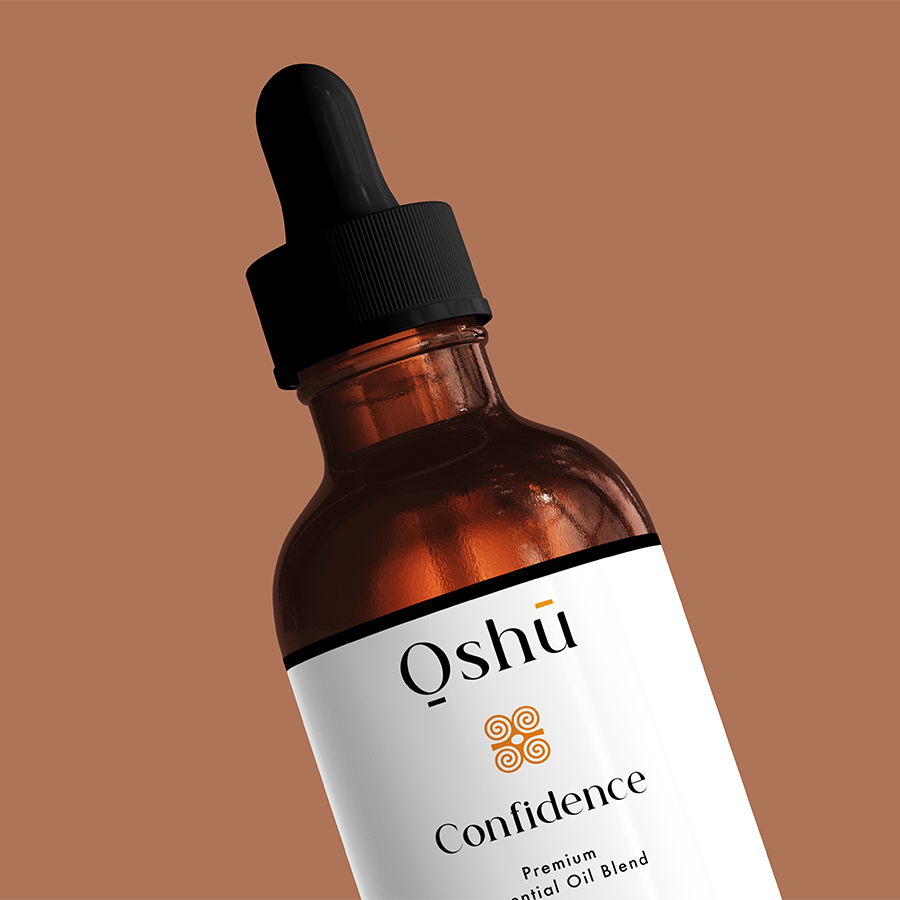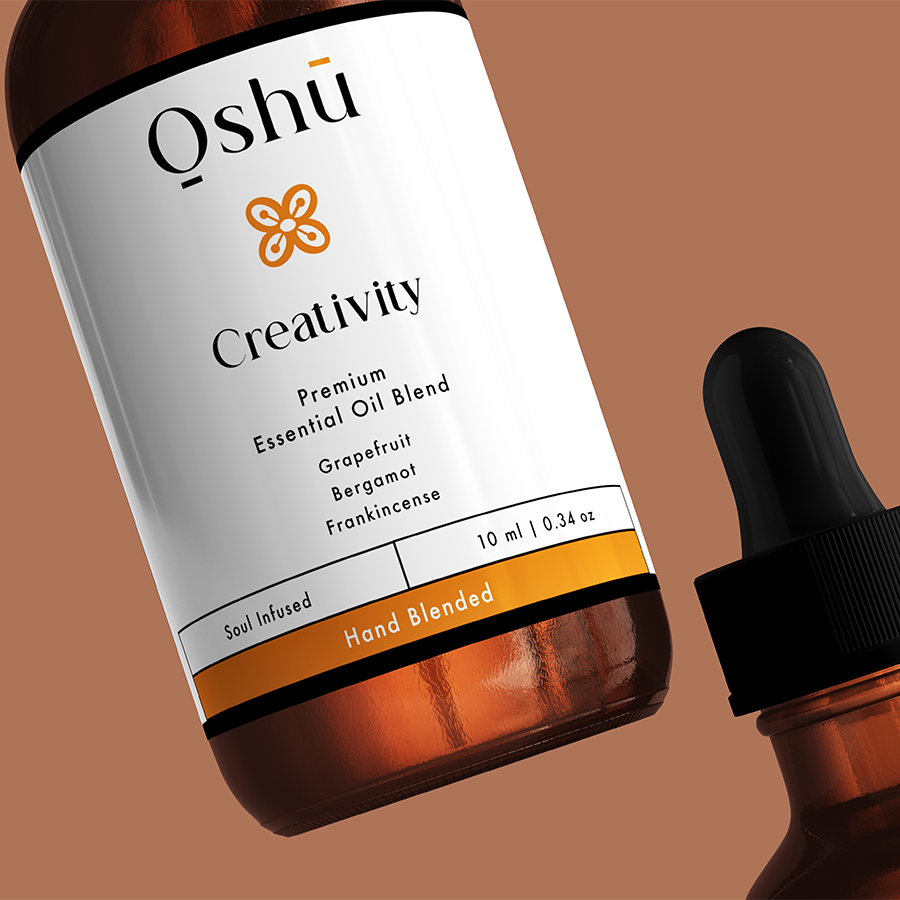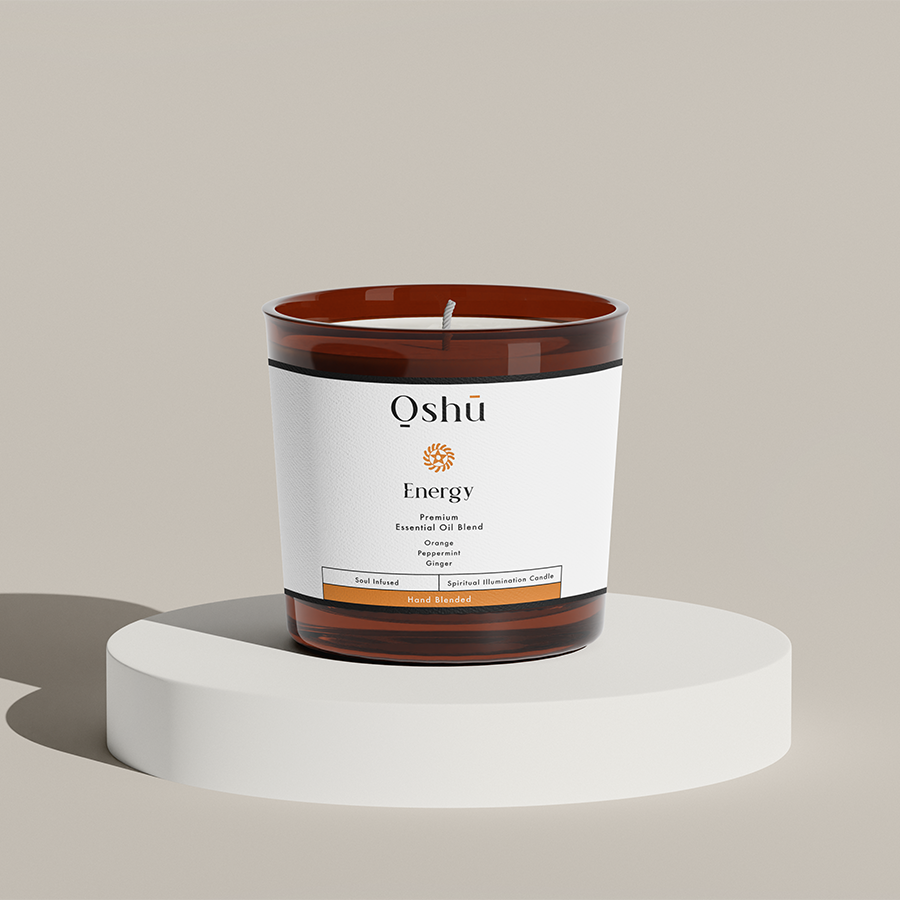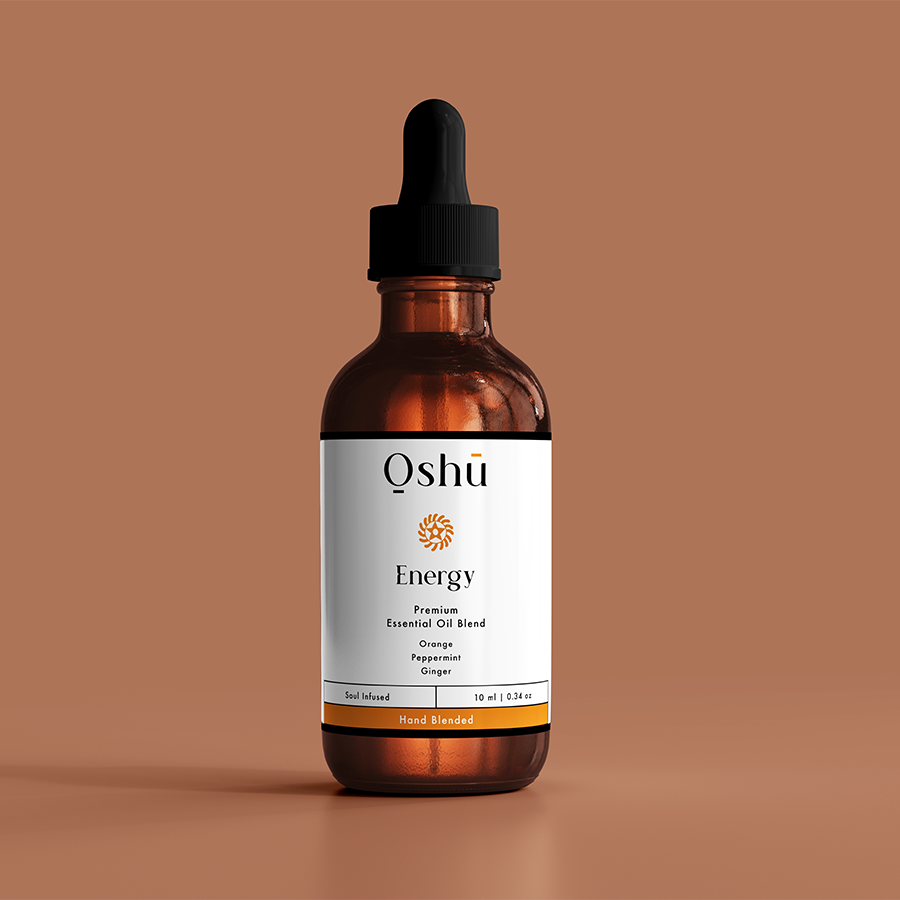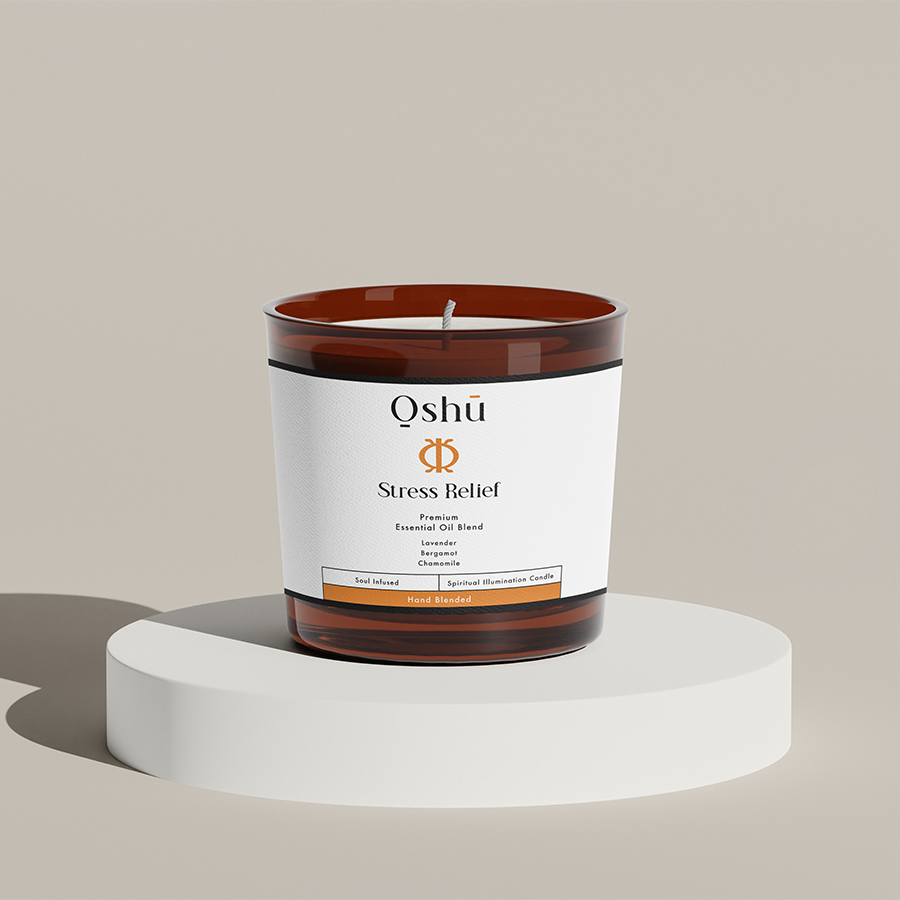Chronic pain is a debilitating condition that affects millions of people worldwide. While there are various treatments available, many individuals are turning to natural alternatives to manage their pain. Essential oils, in particular, have gained popularity for their potential to provide relief from pain. At Oshu Oils, we understand the importance of finding effective and safe solutions for pain management. In this article, we will delve into the best essential oils for pain relief, their benefits, and how to use them safely and effectively.
Table of Contents
The Science Behind Essential Oils and Pain Relief
Essential oils are concentrated plant extracts that contain powerful compounds with medicinal properties. These compounds can interact with the body’s natural pain-relieving systems, providing relief from inflammation, discomfort, and pain. The two primary ways essential oils work to alleviate pain are:
1. Anti-inflammatory properties: Certain essential oils, such as peppermint and eucalyptus, have anti-inflammatory properties that can reduce swelling and pain.
2. Neurotransmitter modulation: Essential oils like lavender and bergamot can affect the production and regulation of neurotransmitters, such as serotonin and dopamine, which play a crucial role in pain perception.
Top Essential Oils for Pain Relief
While there are many essential oils that can help with pain relief, some stand out for their potency and effectiveness. Here are the top essential oils for pain relief:
1. Peppermint Oil: Known for its cooling and analgesic properties, peppermint oil can provide rapid relief from headaches, muscle aches, and joint pain.
2. Lavender Oil: Lavender oil’s calming effects can help reduce anxiety and stress, which often contribute to chronic pain. It also has anti-inflammatory properties that can soothe sore muscles and joints.
3. Eucalyptus Oil: Eucalyptus oil’s anti-inflammatory properties make it an excellent choice for relieving pain and reducing swelling.
4. Bergamot Oil: Bergamot oil’s citrus scent can uplift and calm the mind, while its anti-inflammatory properties can reduce pain and inflammation.
5. Frankincense Oil: Frankincense oil has been used for centuries to reduce inflammation and pain. It contains boswellic acids, which have potent anti-inflammatory properties.
6. Wintergreen Oil: Wintergreen oil contains methyl salicylate, a natural pain reliever similar to aspirin. It can provide rapid relief from muscle and joint pain.
7. Clary Sage Oil: Clary sage oil’s calming effects can help reduce stress and anxiety, which can contribute to chronic pain. It also has anti-inflammatory properties that can soothe sore muscles and joints.
8. Roman Chamomile Oil: Roman chamomile oil’s soothing effects can calm the mind and body, reducing anxiety and stress that can exacerbate pain.
Methods of Using Essential Oils for Pain Relief
Essential oils can be used in various ways to provide pain relief. Here are some of the most effective methods:
1. Topical Application: Mix a few drops of essential oil with a carrier oil (such as coconut or jojoba oil) and apply it directly to the affected area.
2. Aromatherapy: Inhale the scent of essential oils through steam inhalation, diffusers, or direct inhalation from a cloth or handkerchief.
3. Bath Soaks: Add a few drops of essential oil to your bath water for a relaxing and pain-relieving soak.
4. Massage Oils: Mix essential oils with carrier oils and massage them into the affected area to reduce pain and inflammation.
Safety Precautions and Contraindications
While essential oils can be a safe and effective way to manage pain, it’s crucial to use them responsibly and with caution. Here are some safety precautions and contraindications to keep in mind:
1. Dilute Essential Oils: Always dilute essential oils with a carrier oil before applying them to the skin to avoid irritation and allergic reactions.
2. Pregnancy and Breastfeeding: Consult with a healthcare professional before using essential oils during pregnancy or breastfeeding, as some oils can stimulate the uterus or affect milk production.
3. Allergies and Sensitivities: Perform a patch test before using a new essential oil, and discontinue use if you experience any adverse reactions.
4. Medication Interactions: Consult with a healthcare professional before using essential oils if you’re taking medications, as some oils can interact with certain drugs.
Blending Essential Oils for Pain Relief
Blending essential oils can create a synergistic effect, enhancing their individual benefits and providing more effective pain relief. Here are some popular blends for pain relief:
1. Pain-Relieving Blend: Mix 2 drops of peppermint oil, 2 drops of eucalyptus oil, and 2 drops of bergamot oil with a carrier oil for a cooling and anti-inflammatory blend.
2. Muscle Soothing Blend: Combine 2 drops of wintergreen oil, 2 drops of clary sage oil, and 2 drops of roman chamomile oil with a carrier oil for a soothing and relaxing blend.
Essential oils can be a valuable addition to your pain management toolkit. By understanding the science behind essential oils and pain relief, choosing the right oils, and using them safely and effectively, you can find relief from chronic pain and improve your overall well-being. Remember to always consult with a healthcare professional before using essential oils, especially if you have any underlying medical conditions or are taking medications.
Final Tips and Recommendations
At Oshu Oils, we recommend using high-quality, pure essential oils that are free from additives and chemicals. Always follow the recommended dilution ratios and usage guidelines to ensure safe and effective use. If you’re new to essential oils, start with small amounts and gradually increase as needed. Remember to consult with a healthcare professional if you have any questions or concerns about using essential oils for pain relief.
Frequently Asked Questions
What are essential oils, and how do they help with pain relief?
Essential oils are concentrated plant extracts that have been used for centuries to promote physical and emotional well-being. When it comes to pain relief, essential oils work by interacting with the body’s natural chemistry to reduce inflammation, relax muscles, and calm the mind. They can be used topically, inhaled, or ingested to provide relief from various types of pain.
What are the most effective essential oils for pain relief?
Some of the most effective essential oils for pain relief include peppermint, eucalyptus, lavender, frankincense, and wintergreen. Each of these oils has unique properties that make them well-suited for addressing different types of pain, from headaches and muscle aches to joint pain and inflammation.
How do I use essential oils for pain relief?
There are several ways to use essential oils for pain relief, depending on the type of pain and your personal preferences. You can apply them topically by mixing with a carrier oil and massaging into the affected area, inhale them directly from the bottle or through a diffuser, or add them to your bath water for a relaxing soak.
Can I use essential oils instead of medication for pain relief?
While essential oils can be a valuable addition to your pain management routine, they should not be used as a replacement for medication without consulting with a healthcare professional. Essential oils can interact with certain medications and may not be suitable for everyone, especially those with underlying medical conditions.
Are essential oils safe to use during pregnancy?
Some essential oils are safe to use during pregnancy, while others should be avoided. It’s essential to consult with a healthcare professional or a certified aromatherapist before using essential oils during pregnancy, as some oils can stimulate the uterus or cause other adverse effects.
Can I use essential oils on my skin without diluting them?
No, it’s not recommended to use essential oils on your skin without diluting them first. Essential oils are highly concentrated and can cause skin irritation, allergic reactions, or even burns if used undiluted. Always mix with a carrier oil, such as coconut or jojoba oil, according to the recommended dilution ratio.
How do I choose a high-quality essential oil for pain relief?
When choosing an essential oil for pain relief, look for products that are labeled as “therapeutic grade” or “pharmaceutical grade.” These oils have been distilled and processed to ensure their purity and potency. Also, check the ingredient label to ensure that the oil is 100% pure and free of additives or fillers.
Can I use essential oils for chronic pain?
Yes, essential oils can be a valuable addition to your chronic pain management routine. However, it’s essential to work with a healthcare professional to develop a comprehensive plan that addresses the underlying causes of your pain. Essential oils can help reduce pain and inflammation, but they may not address the underlying causes of chronic pain.
How long does it take for essential oils to work for pain relief?
The time it takes for essential oils to work for pain relief can vary depending on the type of pain, the individual’s response to the oil, and the method of application. Some people may experience relief within minutes, while others may need to use the oils consistently over a period of days or weeks to experience noticeable results.
Can I use essential oils for pain relief in children?
Yes, essential oils can be used for pain relief in children, but it’s essential to use caution and consult with a healthcare professional or certified aromatherapist first. Children’s skin is more sensitive, and their developing bodies may respond differently to essential oils. Always dilute the oils according to the recommended ratio, and start with small amounts to test for sensitivity.
Can I use essential oils for pain relief in pets?
Yes, essential oils can be used for pain relief in pets, but it’s essential to use caution and consult with a veterinarian first. Pets have different metabolisms and skin types, and some essential oils can be toxic to them. Always use pet-specific essential oils and follow the recommended dilution ratios and application methods.
What is the difference between a carrier oil and an essential oil?
A carrier oil is a vegetable oil that is used to dilute essential oils for topical application. Carrier oils, such as coconut or jojoba oil, help to moisturize the skin and reduce the risk of skin irritation. Essential oils, on the other hand, are highly concentrated plant extracts that contain the active compounds responsible for their therapeutic benefits.
How do I store essential oils to preserve their potency?
Essential oils should be stored in a cool, dark place, such as a cupboard or drawer, to preserve their potency. Avoid storing them in direct sunlight, near heat sources, or in humid environments. Always keep the cap tightly closed and use a pipette or dropper to dispense the oil to prevent contamination.
Can I ingest essential oils for pain relief?
In general, it’s not recommended to ingest essential oils for pain relief unless you’re working with a healthcare professional or certified aromatherapist. Essential oils can be toxic if ingested in large quantities, and some oils can interact with medications or cause allergic reactions.
How do I know if I’m allergic to an essential oil?
If you’re allergic to an essential oil, you may experience skin irritation, redness, itching, or hives. In severe cases, you may experience difficulty breathing, rapid heartbeat, or dizziness. If you experience any of these symptoms, discontinue use and consult with a healthcare professional or certified aromatherapist.
Can I use essential oils for pain relief during exercise?
Yes, essential oils can be used for pain relief during exercise. Peppermint oil, for example, can help reduce muscle cramps and improve circulation, while eucalyptus oil can help reduce inflammation and open up airways. Apply the oils topically or inhale them through a diffuser to experience their benefits.
How do I use essential oils for pain relief in a bath?
To use essential oils for pain relief in a bath, add 5-10 drops of the oil to your bath water and soak for 15-20 minutes. You can also add Epsom salt or baking soda to enhance the benefits of the oil. Always dilute the oil in a carrier oil before adding it to the bath water to prevent skin irritation.
Can I use essential oils for pain relief during menstruation?
Yes, essential oils can be used for pain relief during menstruation. Clary sage oil, for example, can help reduce cramps and promote relaxation, while peppermint oil can help reduce bloating and improve digestion. Apply the oils topically or inhale them through a diffuser to experience their benefits.
How do I use essential oils for pain relief in a massage?
To use essential oils for pain relief in a massage, mix the oil with a carrier oil and apply it to the affected area. You can also add the oil to your massage oil or lotion for an enhanced experience. Always dilute the oil according to the recommended ratio to prevent skin irritation.
Can I use essential oils for pain relief in a diffuser?
Yes, essential oils can be used for pain relief in a diffuser. Inhaling the oils through a diffuser can help reduce pain and inflammation, promote relaxation, and improve mood. Always follow the manufacturer’s instructions for the recommended amount of oil to use and the duration of use.
How do I know which essential oil to use for my specific type of pain?
Consult with a healthcare professional or certified aromatherapist to determine the best essential oil for your specific type of pain. They can help you identify the underlying causes of your pain and recommend the most effective oil or blend for your needs.
Can I use essential oils for pain relief in conjunction with other therapies?
Yes, essential oils can be used for pain relief in conjunction with other therapies, such as physical therapy, acupuncture, or massage. Always consult with a healthcare professional or certified aromatherapist to ensure safe and effective use of the oils.
How do I know if an essential oil is of high quality?
Look for essential oils that are labeled as “therapeutic grade” or “pharmaceutical grade.” These oils have been distilled and processed to ensure their purity and potency. Also, check the ingredient label to ensure that the oil is 100% pure and free of additives or fillers.
Can I use essential oils for pain relief if I have a medical condition?
Consult with a healthcare professional before using essential oils for pain relief if you have a medical condition. Certain oils can interact with medications or exacerbate underlying conditions, so it’s essential to use caution and consult with a healthcare professional or certified aromatherapist.




